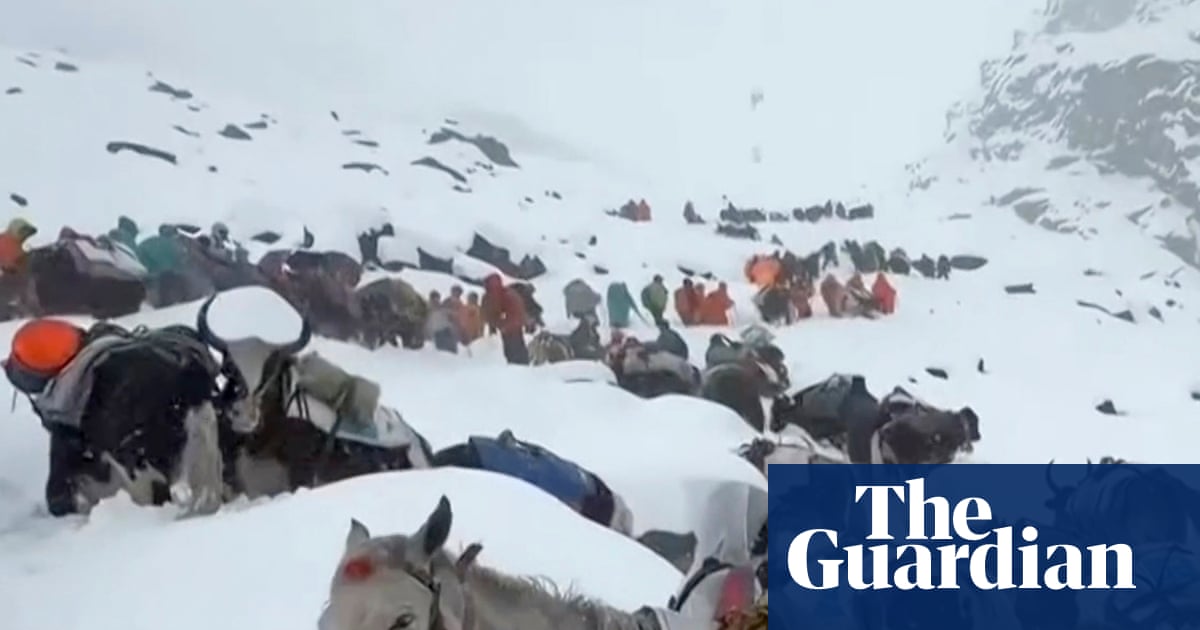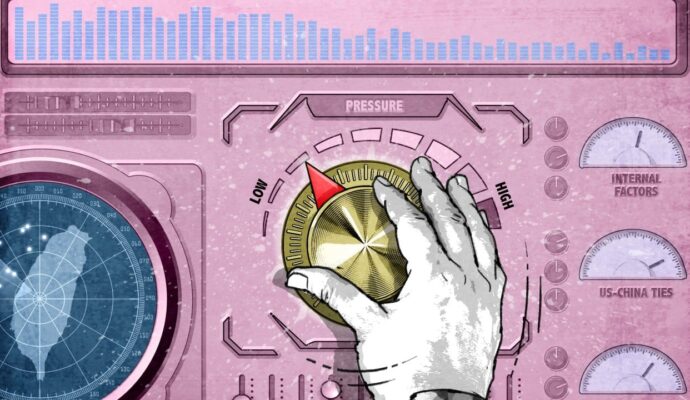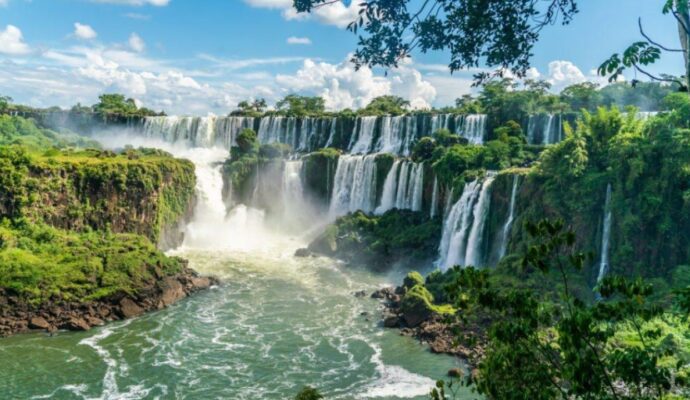
Trekkers have described facing “extreme” conditions after an unseasonable snowstorm during one of China’s busiest holiday weekends stranded hundreds of people on Mount Everest, prompting a massive rescue effort.
Chinese authorities said about 350 people had made their way down but at least 200 remained stranded at the Everest Scenic Area, to the east of the mountain, on the Tibetan side of the border.
Crowds of tourists had travelled to the region for “Golden Week”, an eight-day holiday period in China. But Chinese authorities, which control the Tibetan Autonomous Region, said heavy snowfall had hit the area on Friday and Saturday night, trapping hundreds of people at campsites at an elevation of more than 4,900 metres (16,000ft).
“It was the most extreme weather I’ve ever faced in all my hiking experiences, without question,” Dong Shuchang, a Chinese trekker, said on Weibo, describing a “violent convective snowstorm on the eastern slope” of Everest.
“I looked up in the middle of the night and saw that the snow had nearly covered the top,” said another trekker on Xiaohongshu. “It was the first time I truly felt the fear of being buried alive.”
One Chinese trekker said their group had been “too scared to sleep” on Saturday as snow quickly piled up around their tents, forcing them to clear it every 90 minutes. They decided to descend on Sunday as the weather worsened.
“On the way, we met our guide’s father, who had come looking for him. That’s when we learned the snow was heavy in the valley, too; villagers, unable to contact their children on the mountain, were extremely worried.”
The northern and eastern side of Everest is more accessible than sites on the Nepal side of the border, and draws high numbers of visitors for less technical trekking, without summiting the peak.
Photos and video posted online showed tents buried in snow, and lines of trekkers walking through waist-high drifts to get down the mountain.
“The snow was very deep, and the trail extremely slippery. Trekkers stumbled frequently – some fell, others were bumped by yaks,” said one, who added that all safely descended and were picked up by bus.
By Sunday afternoon, about 350 people had reached Qudang, a small town about 30 miles away from the Tibet-side base camp of Everest, “in good health”, state media reported.
At least 200 more were still stranded, but had been contacted, the reports said. Jimu News reported that hundreds of rescuers had gone up the mountain to help people and clear snow from blocking the way out.
There was little official reporting or updated information about the rescue effort on Monday. It was also not clear if the weather had affected anyone on the northern side of Everest, also in Tibet. The region is tightly controlled by the Chinese government, and journalistic access restricted. The weather also appears to have affected local communications, with calls to local businesses not connecting. Several trekkers said power was out in Qudang when they arrived.
October is a peak season for the area, with usually clear and mild weather, but Chen Geshuang, one of 18 members of a trekking group that made it back to Qudang, said that the weather this year was “not normal”.
“The guide said he had never encountered such weather in October. And it happened all too suddenly.”
The local tourism authority said ticket sales and entry to the Everest Scenic Area were suspended from Saturday.
Neighbouring countries were also hit by extreme weather. Heavy rains triggered landslides and flash floods that have blocked roads, washed away bridges and killed at least 47 people since Friday in Nepal.
Additional reporting by Lillian Yang, Jason Tzu Kuan Lu, and Reuters


